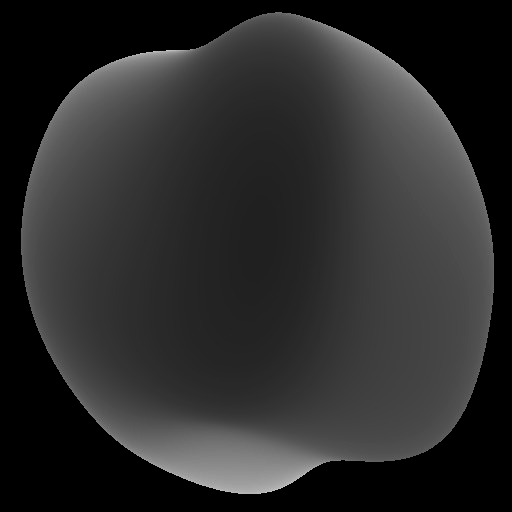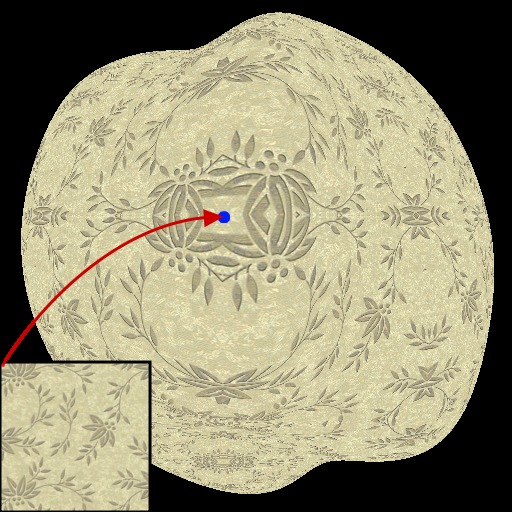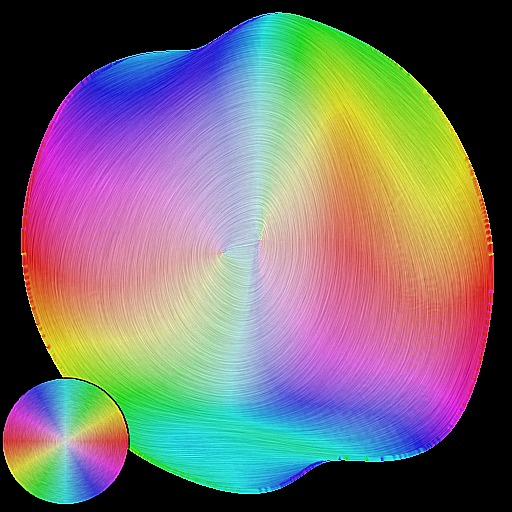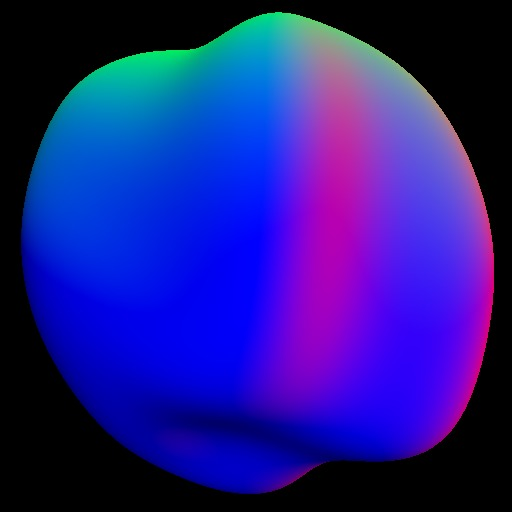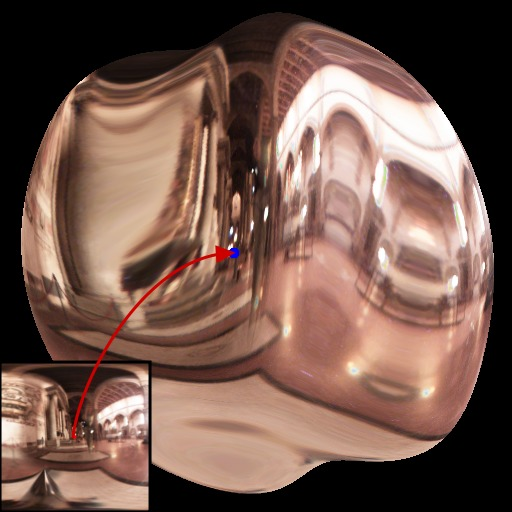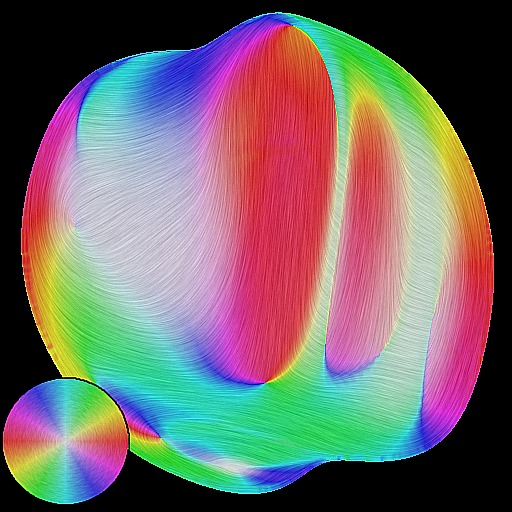Section: Research Program
Axis 4: Editing and Modeling
Challenge: Editing and modeling appearance using drawing- or sculpting-like tools through high level representations.
Results: High-level primitives and hybrid representations for appearance and shape.
During the last decade, the domain of computer graphics has exhibited tremendous improvements in image quality, both for 2D applications and 3D engines. This is mainly due to the availability of an ever increasing amount of shape details, and sophisticated appearance effects including complex lighting environments. Unfortunately, with such a growth in visual richness, even so-called vectorial representations (e.g., subdivision surfaces, Bézier curves, gradient meshes, etc.) become very dense and unmanageable for the end user who has to deal with a huge mass of control points, color labels, and other parameters. This is becoming a major challenge, with a necessity for novel representations. This Axis is thus complementary of Axis 3: the focus is the development of primitives that are easy to use for modeling and editing.
More specifically, we plan to investigate vectorial representations that would be amenable to the production of rich shapes with a minimal set of primitives and/or parameters. To this end we plan to build upon our insights on dynamic local reconstruction techniques and implicit surfaces [3] [39] . When working in 3D, an interesting approach to produce detailed shapes is by means of procedural geometry generation. For instance, many natural phenomena like waves or clouds may be modeled using a combination of procedural functions. Turning such functions into triangle meshes (main rendering primitives of GPUs) is a tedious process that appears not to be necessary with an adapted vectorial shape representation where one could directly turn procedural functions into implicit geometric primitives. Since we want to prevent unnecessary conversions in the whole pipeline (here, between modeling and rendering steps), we will also consider hybrid representations mixing meshes and implicit representations. Such research has thus to be conducted while considering the associated editing tools as well as performance issues. It is indeed important to keep real-time performance (cf. Axis 2) throughout the interaction loop, from user inputs to display, via editing and rendering operations. Finally, it would be interesting to add semantic information into 2D or 3D geometric representations. Semantic geometry appears to be particularly useful for many applications such as the design of more efficient manipulation and animation tools, for automatic simplification and abstraction, or even for automatic indexing and searching. This constitutes a complementary but longer term research direction.
In the MANAO project, we want to investigate representations beyond the classical light, shape, and matter decomposition. We thus want to directly control the appearance of objects both in 2D and 3D applications (e.g., [102] ): this is a core topic of computer graphics. When working with 2D vector graphics, digital artists must carefully set up color gradients and textures: examples range from the creation of 2D logos to the photo-realistic imitation of object materials. Classic vector primitives quickly become impractical for creating illusions of complex materials and illuminations, and as a result an increasing amount of time and skill is required. This is only for still images. For animations, vector graphics are only used to create legible appearances composed of simple lines and color gradients. There is thus a need for more complex primitives that are able to accommodate complex reflection or texture patterns, while keeping the ease of use of vector graphics. For instance, instead of drawing color gradients directly, it is more advantageous to draw flow lines that represent local surface concavities and convexities. Going through such an intermediate structure then allows to deform simple material gradients and textures in a coherent way (see Figure 7 ), and animate them all at once. The manipulation of 3D object materials also raises important issues. Most existing material models are tailored to faithfully reproduce physical behaviors, not to be easily controllable by artists. Therefore artists learn to tweak model parameters to satisfy the needs of a particular shading appearance, which can quickly become cumbersome as the complexity of a 3D scene increases. We believe that an alternative approach is required, whereby material appearance of an object in a typical lighting environment is directly input (e.g., painted or drawn), and adapted to match a plausible material behavior. This way, artists will be able to create their own appearance (e.g., by using our shading primitives [102] ), and replicate it to novel illumination environments and 3D models. For this purpose, we will rely on the decompositions and tools issued from Axis 1.
|



